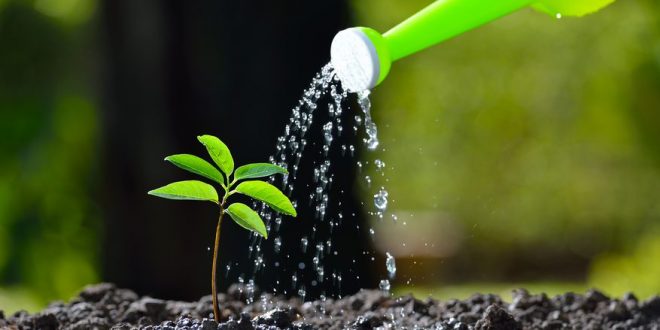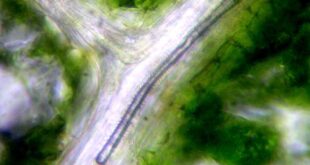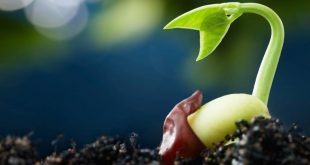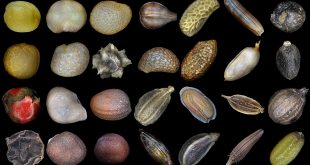The upward movement of water inside the plant is called ascent of sap.
Pathway: Xylem.
Prove that xylem is the pathway of ascent of sap.
1st experiment
A leafy twig of balsum plant………………………………………….
2nd experiment: Ringing experiment
A leafy twig from a tree is cut…………………………………….
Mechanism of ascent of sap
Australian Eucalyptus: About 450 ft.
Typical red wood tree: About 350 ft.
Although a mechanism of ascent of sap is not well understood, a number of theories have been put forward to explain it.
Best safe and secure cloud storage with password protection
Get Envato Elements, Prime Video, Hotstar and Netflix For Free
Best Money Earning Website 100$ Day
#1 Top ranking article submission website
1. Vital theories
Supporters of vital theories think that the ascent of sap is under the vital activities of the cells in the stem. Two such theories are common but they are not very convincing.
Supporter 1: Godlewski (1884)
Godlewski proposed that ascent of sap takes place due to the pumping activity of the cells of xylem parenchyma which are living.
The cells of the medullary rays………………………………………………
But, this theory was discarded by Strasburger (1891, 1893).
- Poison was given and the living cells were killed. But the translocation of water continues.
Supporter 2: Bose (1923)
According to Bose, upward translocation of water takes place due to the pulsatory activity of living cells of innermost cortical layer just outside the endodermis.
But this theory was rejected because many workers could not repeat his experiment and many others found no correlation between pulsatory activity and the ascent of sap.
2. Root pressure theory
Although, root pressure which is developed in the xylem of the roots can raise water to a certain height but it does not seem to be an effective force in ascent of sap due to the following reasons:
- Only applicable for small pressure.
- Magnitude of root pressure is very low (about 2 atms).
- Even in the absence of root pressure, ascent of sap continues. For example……………………………………
- In gymnosperms root pressure has rarely been observed.
How much pressure is required to lift water???
…………………………..
3. Physical force theories
Various physical forces may be involved in the ascent of sap.
3.1. Atmospheric pressure theory
It claims that due to atmospheric pressure, water is translocated.
But,
- Atmospheric pressure cannot act in water present in xylem of the roots.
- In case it is working, then also it will not be able to raise water beyond 34 feet.
So, this theory was discarded.
3.2. Imbibitional theory
Sachs (1878) supported the view that ascent of sap could take place by imbiition through the walls of the xylem.
But,
- It is now well known that imbibitional force is insignificant in the ascent of sap because it takes place through the lumen of the xylem elements and through the walls.
3.3. Capillary force theory
In plants the xylem vessels are placed one above the other forming a sort of continuous channel which can be compared with long capillary tubes and it was thought that like capillary tube, ascent of sap takes place in xylem.
But,
- For capillary, a free surface is required.
- The magnitude of capillary force is low.
- While in autumn, when water supply decreases, the wood consists of narrow elements.
In spring, when there is more requirement of water due to developments of new leaves, the wood consists of broader elements. This is against capillarity.
- In gymnosperms, usually the vessels are absent. Other xylem elements do not form continuous channels.
- Unlike liquid in capillary tube, meniscus doesn’t form in xylem.
Math………………………
4. Transpiration pull and cohesion of water theory
Proposed by: Dixon and Jolly (1894)
Greatly supported and elaborated by: Dixon (1914, 1924)
It is based on the following features:
- Cohesive and adhesive properties of water molecules to form a continuous water column in the xylem. Adhesive further ensures the continuity of water.
- Transpiration pull exerted on this water column.
Mechanism of cohesion and adhesion
Water molecules remained joined to each other due to the presence H-bonds between them. Although H bond is very weak (containing about 5Kcal energy) but when they are present in enormous numbers as in case of water, a very strong mutual force of attraction or cohesive force develops between water molecules and hence they remain in the form of a continuous water column in the xylem. The magnitude of this force is very high (sometimes upto 350 atms), therefore the continuous water column cannot be broken easily due to the force of gravity or other obstructions offered by the internal tissues in the upward movement of water.
The adhesive properties of water i.e. the attraction between the water molecules and the walls of xylem further ensures the continuity of water column in xylem.
Mechanism of transpiration pull
When transpiration takes ………………………………………………………….
Critics said: If somehow water bubbles enter into xylem vessels, water movement is hampered.
Answer: There is no chance of water bubbles to enter into the xylem. But, if somehow water enters, it won’t hamper the flow.
 Plantlet The Blogging Platform of Department of Botany, University of Dhaka
Plantlet The Blogging Platform of Department of Botany, University of Dhaka






I am currently writing a paper and a bug appeared in the paper. I found what I wanted from your article. Thank you very much. Your article gave me a lot of inspiration. But hope you can explain your point in more detail because I have some questions, thank you.